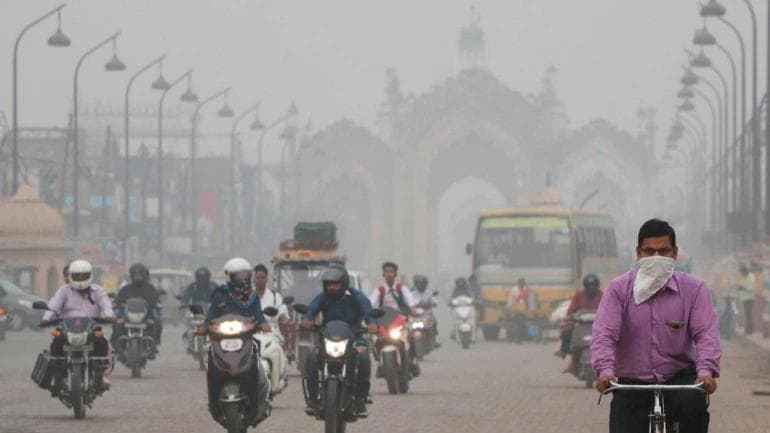
After the Union government turned down their request for funds, the governments of Punjab and Delhi are working on finalising a monetary incentive for farmers who do not burn their paddy residue after harvesting, according to the officials.
The incentive, which was initially set at 2,500 per acre, is likely to be reduced to 1,000 per acre as a result of the Centre’s decision. The scheme will be critical in efforts to discourage farmers from burning crop residue after harvest, which is a convenient way for them to clear fields but produces clouds of smoke that cause the world’s worst air pollution crisis in much of North India.
“We had sought the support of 1,125 crores from the Union government in the total outlay of 1,875 crores while 375 crores each was to be contributed by Punjab and Delhi governments. Now, we have received a communication from the ministry of agriculture that our proposal has been rejected,” said Punjab chief secretary VK Janjua.
The chief secretary added that the states are still negotiating the incentive, which could now be reduced to $1,000 per acre. The Punjab government has set aside 200 crores in its budget this year to combat stubble burning.
On Friday, the Union Agriculture Ministry did not immediately respond to requests for comment.
Officials from the Delhi government did not reveal how they planned to encourage farmers not to burn the residue.
However, officials who requested anonymity said they have already begun planning to spray a bio-decomposer solution free of charge across Basmati and non-Basmati fields in Delhi. The solution, developed by the Indian Agricultural Research Institute (IARI) in Pusa, naturally decomposes paddy straw in 15-30 days, eliminating the need for it to be burned.
Delhi’s environment and development minister, Gopal Rai, chaired a review meeting on Thursday to assess preparations for the event, and the agriculture department was asked to get farmers in Delhi to fill out a form as soon as possible to identify fields that need to be sprayed.
Stubble burning and finding a solution to it is one of the 15 key focus areas identified by the Delhi government for its winter air pollution action plan.
However, convincing farmers in Punjab to abandon the practice appears to be the most pressing issue.
During the Kharif season, nearly three million hectares of paddy are planted in Punjab. Every year, the state produces approximately 18.5 million tonnes of paddy crop residue. 49% of this is managed in situ (mixing the residue into the soil) and ex-situ (used as fuel), with the remainder set ablaze.
Most farmers burn the residue because it is a quick and inexpensive way to clear the fields for the sowing of the rabi season wheat crop, which has a very short window.
As a result, Delhi and its surrounding areas have dangerously high levels of air pollution.
“The agriculture ministry has rejected our proposal citing that 275 crores have already been sanctioned for supplying subsidised machines for in-situ management of paddy straw,” said an official in Punjab’s agriculture department who was present at the meetings with central officials. Farmers will receive 32,100 more subsidised machines thanks to the funds allocated.
At least 90,000 machines have been supplied to farmers in Punjab over the last four seasons, with the Centre releasing 269 crores, 273 crores, 272 crores, and 331 crores in 2018, 2019, 2020, and 2021, respectively.